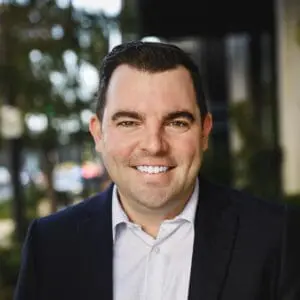Acclaimed exhibition “Invisible Immigrants” begins its U.S. tour in Tampa, Fla.

- The Tampa Bay History Center will be the first venue to host the exhibition in the United States from March 2025, following its successful tour in Spain, of three cities and with over 30,000 visitors in total.
- Promoted by the Fundación Consejo España – EE.UU. with the support of the Spanish Ministry of Foreign Affairs, European Union and Cooperation, among others, “Invisible Immigrants. Spaniards in the U.S. (1868–1945)” is the first exhibition to be devoted to the history, little known to date, of Spanish emigration to the United States during the last decades of the 19th century and first decades of the 20th century.
- The exhibition showcases 300 photographs, documents, and audiovisual materials from the family albums of third and fourth generation descendants of Spanish emigrants. The exhibited items were collected by curators James D. Fernández and Luis Argeo over more than a decade of research.
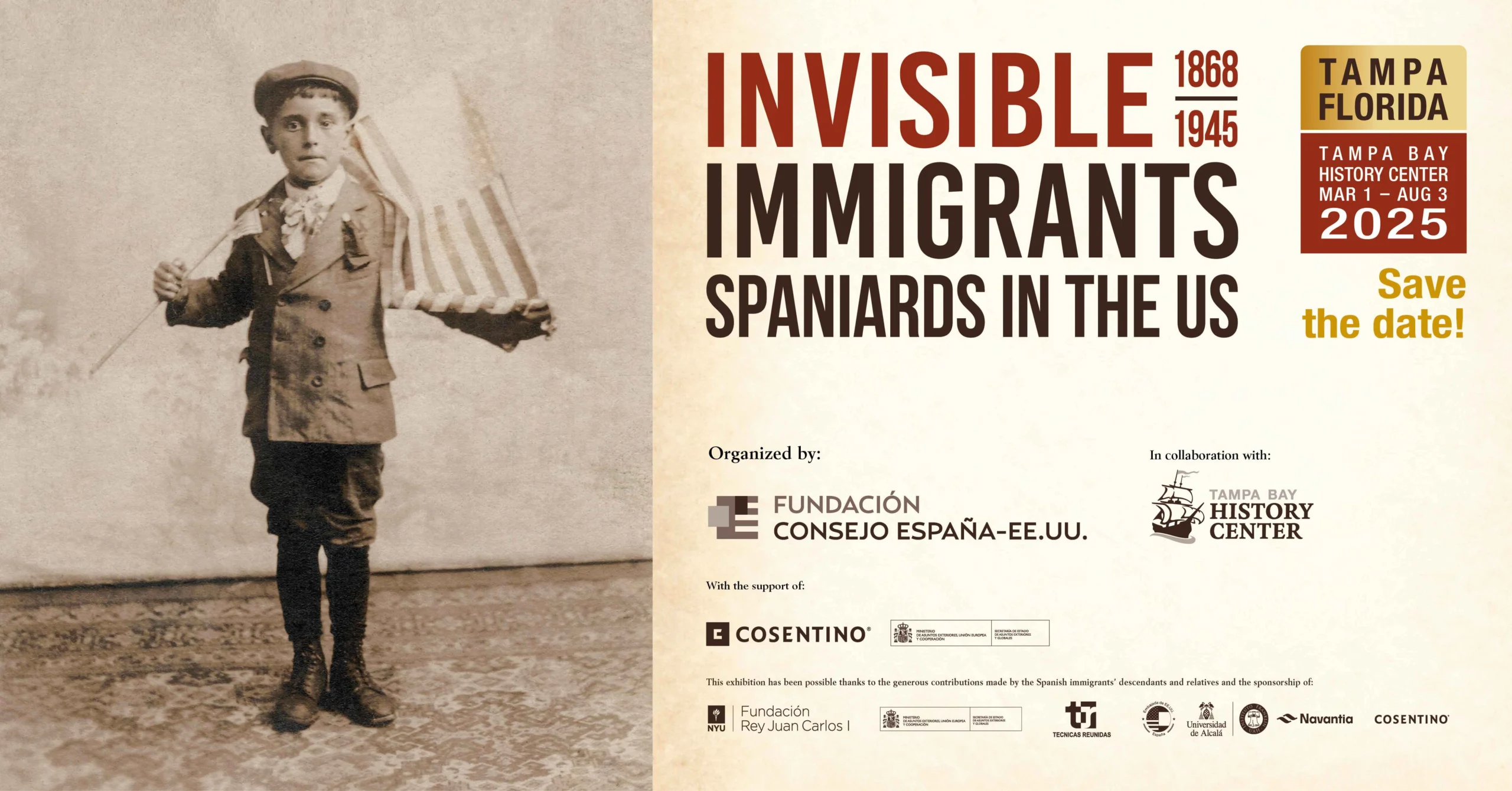
MADRID – TAMPA, Fla. (Sept. 3, 2024) — The exhibition “Invisible Immigrants. Spaniards in the U.S. (1868–1945),” will be held at the Tampa Bay History Center (TBHC) from March 1 to August 3, 2025. The exhibition is dedicated to the history of the emigration of thousands of Spanish workers and farmers to the United States in the late 19th and early 20th centuries, a story that is gradually being brought to light. “We are honored to be the first museum in the country to host this remarkable exhibition from Spain”, said C.J. Roberts, President and CEO of the Tampa Bay History Center. “’Invisible Immigrants’ shares many unique perspectives and stories that connect with families right here in the Tampa Bay area”.
Thanks to the collaboration agreement between the Fundación Consejo España – EE.UU., promotor of the exhibition project, and the renowned museum center linked to the Smithsonian Institution, Tampa will be the first U.S. city to host the exhibition, which has already been visited by more than 30,000 people on its journey from the north to the south of Spain. It is a journey that began in January 2020 at the Conde Duque Center for Contemporary Culture in Madrid, and then continued in Gijon in 2021–22, and Almería in 2023. These cities were chosen to commemorate two of the main starting regions in Spain from which protagonists of the diaspora undertook their journeys: Asturias and Andalusia.
Following the Spanish trail in Tampa
Five years later and following in the footsteps of those intrepid emigrants who over a century ago headed “north” in search of opportunities, the exhibition will cross the Atlantic. It will be exhibited in locations in the U.S. where there were particularly significant or prosperous Spanish communities. “Today, Tampa stands out from many other cities linked to this migration thanks specifically to the preservation of its rich architectural heritage”, says María Luque-Larena, head of the exhibition and Director of Cultural and Educational Affairs at the Fundación Consejo España – EE.UU. “Strolling through its emblematic neighborhoods there are numerous examples that still evoke the vibrant Spanish community that lived here, and that shaped the city in mere decades. Starting our tour in the United States in such a unique location is, therefore, truly a privilege”, she adds.
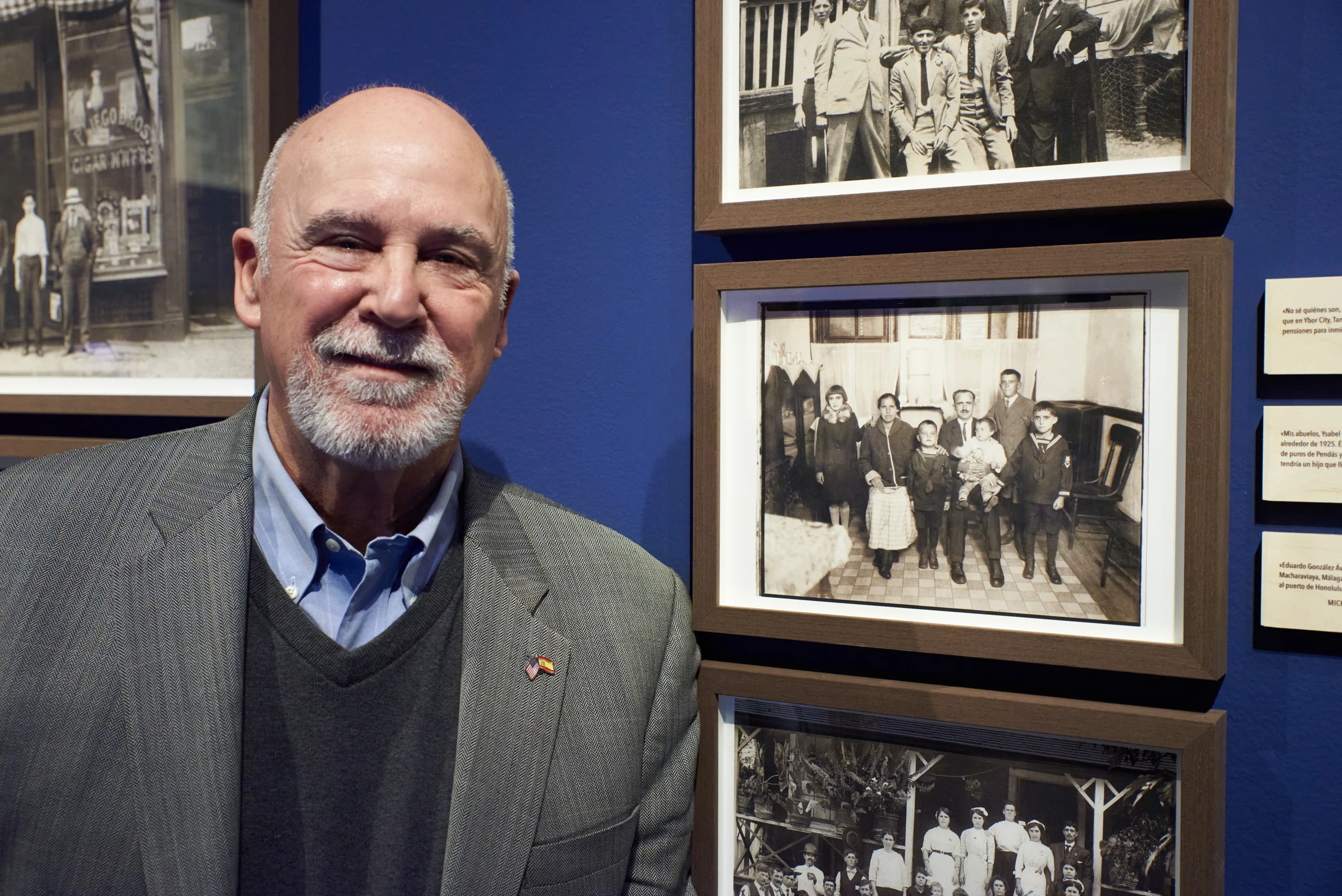
Indeed, there are social and charitable centers that still survive in the city thanks to the efforts and dedication of third and fourth generation Spanish descendants, such as the Centro Asturiano de Tampa, the Centro Español de Tampa, and the Centro Español of West Tampa. These are listed in the U.S. National Register of Historic Places and are good examples of how the Spanish colony found its place in the vibrant and diverse Tampa society of the late 19th and early 20th centuries and how it was able to thrive through organized networks of solidarity and support.
This small, but energetic community of descendants and local history enthusiasts has been able to preserve the human legacy of their Spanish ancestors. They did not hesitate, furthermore, to collaborate with the curators of the exhibition, journalist and filmmaker Luis Argeo (Asturias, 1975) and New York University Professor James D. Fernández (Brooklyn, New York, 1961), when they knocked on their doors, scanners in hand, in search of the fragile and scattered traces of what they called the “invisibles”. This research took over a decade and led them through 16 of the 50 U.S. states as well as several Spanish provinces. The result is an archive of more than 15,000 digitized photographs, 300 of which can be seen in the exhibition along with other original documents and objects.
In Tampa, the Spaniards were particularly present in the historic neighborhood of Ybor City, at the heart of the city, which was founded in 1885 by the Valencian-born businessman Vicente Martínez Ybor and closely linked to the development of the cigar industry. Also, in West Tampa there were thousands of emigrants of Spanish origin, particularly Asturians, Galicians, and Cantabrians. Many worked as cigar makers, while others started commercial and hotel businesses to meet the needs of the growing community. “The Spanish footprint in Ybor City is clear today. The factories built by Perfecto García, José Arango, José Escalante, etc. are still standing, as are those that survive in West Tampa, built by Andrés Díaz, Pedás and Álvarez, and the Bustillo brothers”, explains Argeo.
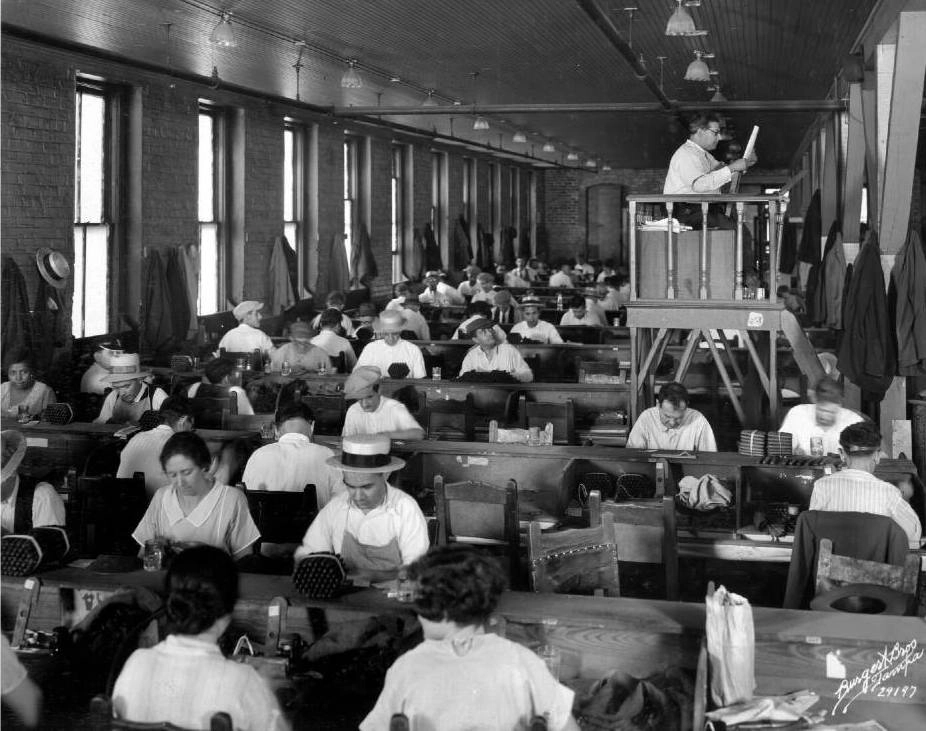
From New York to Hawaii: the Spanish diaspora in the United States
It was not only in what is known as the “cigar capital of the world” that Spanish emigrants settled. New York’s 14th Street; the cities of St. Louis, Missouri, Canton, Ohio, or San Leandro, California; the pastures of Idaho and Wyoming; the granite quarries of Vermont and Maine; and the sugar plantations of the Hawaiian Islands were also preferred destinations for workers in the mining and metallurgical industries and shepherds coming mostly from the northern regions of Spain, as well as for Castilian, Extremaduran, and Andalusian farmers. “We have documented a varied and very recognizable Spanish presence throughout the country. As in any migration due to necessity and in search of opportunities, Spanish immigrants arriving in the United States responded to the call of relatives and neighbors who had previously settled throughout the country. In some cases, they worked as skilled labor, although most of them adapted to the labor needs of their neighborhoods and colonies as their population grew”, says Fernández.
This exhibition was made possible thanks to the generous contribution of their families and descendants, whose enthusiasm has provided essential support for this project which, from the outset, has sought to recognize and acknowledge their determination in preserving the memory of their families and, therefore, of the Spanish presence in the contemporary history of the United States. The beginning of the exhibition’s tour in the city of Tampa, Florida, is the result of the collaboration between the Fundación Consejo España – EE.UU. and the Tampa Bay History Center, supported by the Spanish Secretary of State for Foreign and Global Affairs of the Ministry of Foreign Affairs, European Union and Cooperation, and the Cosentino Group.
During its tour of Spain, the exhibition received the support of the City Council of Madrid, the Municipal Foundation for Culture, Education and People’s University of the City of Gijón/Xixón, the Cosentino Group, the Ibáñez Cosentino Foundation, and the City Council of Almería. It was also provided with continuing support by New York University and its foundation in Spain, the King Juan Carlos I Foundation, Técnicas Reunidas, the Secretariat of State for Foreign and Global Affairs, the United States Embassy to Spain, the Franklin-UAH Institute, Navantia and Cosentino, and additional backing from the Provincial Council of Almería and the City Council of Olula del Río.
Since its inception, a number of individuals have supported this project, including author María Dueñas, renowned Spanish-US chef and activist José Andrés, journalist and filmmaker Guillermo Fesser, artist Cristina Pato, and author Eduardo Lago, among others.
About the exhibition
“Invisible Immigrants. Spaniards in the U.S. (1868–1945)” is the first exhibition to be devoted to the history of Spanish immigration to the United States during the final decades of the 19th century and early decades of the 20th century. It is based on the results of a decade of research carried out by the exhibition curators, New York University Professor James D. Fernández (New York, 1961), and journalist and filmmaker Luis Argeo (Asturias, 1975).
Divided into 6 chapters—Adiós, Now get to work!, Living la vida, Getting organized, Solidarity and strife and Made in the USA—the exhibition follows the stages of the journey that the protagonists of this diaspora would have taken. It is a personal and emotional journey narrated through over 300 photographs, objects, documents, and audiovisual materials. These were chosen from the extensive archive amassed by the curators of more than 15,000 records from family albums and boxes of memorabilia treasured by the descendants of the emigrants. Find out more at www.emigrantesinvisibles.com
About the Tampa Bay History Center
Located on Tampa’s Water Street, the Tampa Bay History Center includes three floors of permanent and temporary exhibition space focusing on 12,000 years of Florida’s history and culture. A Smithsonian Affiliate Museum accredited by the American Alliance of Museums, the History Center includes the Touchton Map Library and Florida Center for Cartographic Education, and the Witt Research Center, and is home to the Columbia Cafe. One of Tampa’s premier cultural venues, the History Center’s hands-on, interactive exhibits and theaters provide an entertaining and educational experience for visitors of all ages. For more information, visit www.tampabayhistorycenter.org.
About the Fundación Consejo España – EE.UU.
The Fundación Consejo España – EE.UU. is a private, not-for-profit organization whose Board consists of major Spanish corporations, cultural and academic institutions, and members of the Spanish public administration. It was created in 1997 to strengthen the bonds between Spain and the United States in all areas and as to achieve greater mutual understanding and awareness to foster common initiatives. Since its inception, it has shared this mission with its U.S. counterpart, the United States Spain Council.
Through its own programs and activities, as well supporting other similar initiatives, the Fundación Consejo España – EE.UU. promotes dialogue and facilitates connections between the people of Spain and the United States, having become the organization of reference for public diplomacy between both countries. For further information please visit www.spainusa.org
Press Contacts
Billy Somerville, Director of Marketing and Communications
Tampa Bay History Center
bsomerville@tampabayhistorycenter.org
Tel: +1 (813) 675 8985
